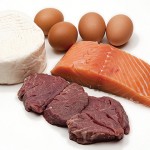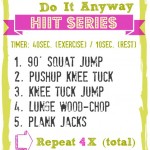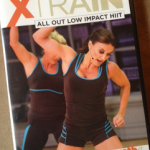

I’m just about finished the next update of How Much Protein, and I think the new editions to the book will really help people understand my views on protein.However, on piece of research is too interesting for me not to share with you today…Most research conducted on the acute muscle building affects of post-workout protein have two interesting thing in common – they measure protein synthesis as a marker of muscle growth and the subjects in the studies are almost always fasted at the beginning of the study.Typically, the people in a study that is examining the anabolic affects of post-workout protein show up to the lab after an overnight fast, then will fast for an additional hour or two while the study is being set up. Then they workout, usually doing a a grueling leg workout of 8 sets of 8-10 reps using 80% of their 1 rep max on leg press. After the workout (which takes anywhere from 20-45 minutes) they are then given their post-workout drink either immediately or within an hour, and then they sit quietly while the researcher take measurements for 3-4 hours.It could be anywhere between 12 to 16 hours of fasting before they are given the amino acids / protein.This type of research consistently shows that protein synthesis after a workout is higher with the addition of post-workout protein then without it, at least for the 2-3 hours that they typically measure.This is largely where we get the idea of post workout protein having muscle building benefits.However, one group of researchers were curious if the pre-workout fasting was a confounder in these studies – If the large spike in protein synthesis found with post-workout protein was also a bit of an artifact of the fact that the subjects have been fasting.So they switched the design.They had a group of guys eat a standard dinner, then go to sleep. When they woke up they had a standardized breakfast containing about 500 calories and 30-50 grams of protein (depending on the subject)
Visit link –
Post Workout Protein Dare | Brad Pilon's 'Eat Blog Eat'








 For now classes are 6pm and 640pm at 2840 Wildwood st in the Boise Cloggers studio.
Book your class NOW!
click this ==>
For now classes are 6pm and 640pm at 2840 Wildwood st in the Boise Cloggers studio.
Book your class NOW!
click this ==>








